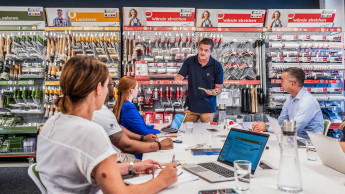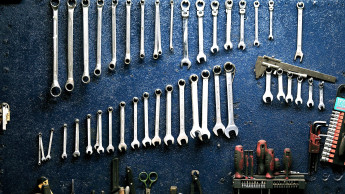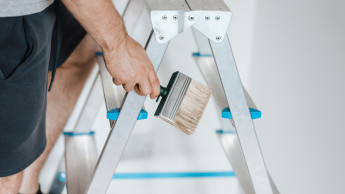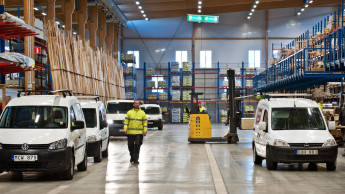

deep insights, facts & figures

The home improvement market is rapidly gaining ground in Asia. Retailers there are adapting to customers with a different outlook from those in the West
As Asia becomes more than just a blip on the radar screen of the world economy, retailers are racing to penetrate the relatively new frontier. The pull of the region, which hosts three of the world’s most populous nations – China with a population of 1.3 billion, India with one billion, and Indonesia with 227.35 million – is apparent: a big market, growing spending power, and a relatively unsaturated playing field. Asia is home to 8.8 billion people, or 60 per cent of the world’s population. Recognising the region’s potential, DIY players have been expanding into Asia. Data from the World DIY Council (WDIYC), a trade association for DIY companies, show that its members are currently selling to 20 countries in Asia, with many having penetrated Japan, Korea, China, the Philippines and Thailand. “Parts of Asia are important export markets for many Council members and other American and Canadian exporters – Australia and the Philippines for a start, plus growing markets in Vietnam, India and China,” said Bob Vereen, WDIYC communications director. The World DIY Report prepared and released in 2008 by Fediyma, the European Federation of DIY manufacturers, places the region’s contribution to the global DIY market at 5.1 per cent as of 2007, with Japan, Australia and New Zealand coming out as the most active players. “China is also becoming a dynamic player in the DIY sector and represents one per cent of the world’s market,” the report further states. The Asian market, however, operates differently from the western world. That is something that the US-based DIY chain Ace International, which has 47 stores in the Philippines, 43 in Indonesia and 11 in Malaysia, has had to learn. Maurice Ademe, Ace Hardware’s regional director for Asia/Pacific and Mexico, said that unlike the US, where the DIY market is mature, the Asian market operates more under a ‘buy-it-yourself’ system. “In Asia the concept of ‘do-it-yourself’ has not become really established because of the low labour costs. This is a market much more driven by the ‘buy-it-yourself’ customer. In other words, the customer is selecting the products and having them installed by someone else,” he explained. He also explained that this difference is the reason why Ace stores in Asia have a much larger percentage of lifestyle items and housewares. Even locations of stores differ, with Asian outlets sprawled inside shopping malls and targeting a wider breadth of customers. “In the US market most Ace stores are…
Related articles
Read also

 Menü
Menü












 Newsletter
Newsletter